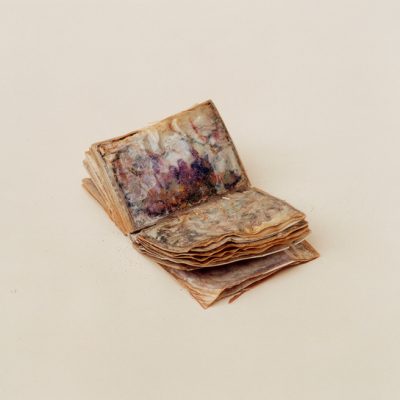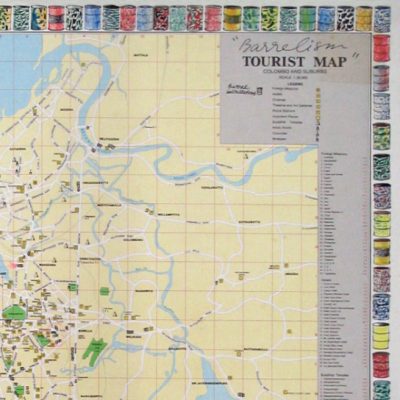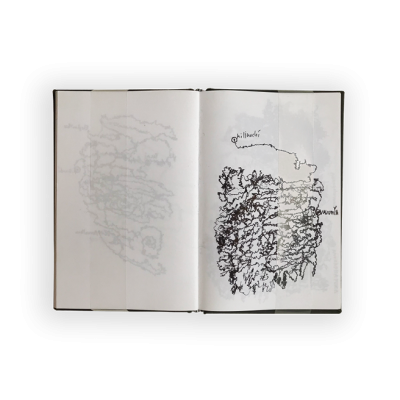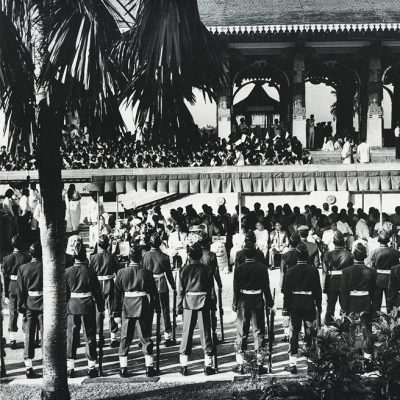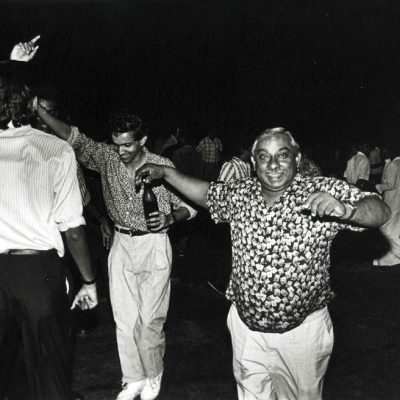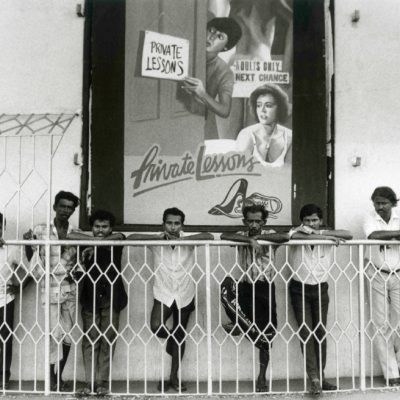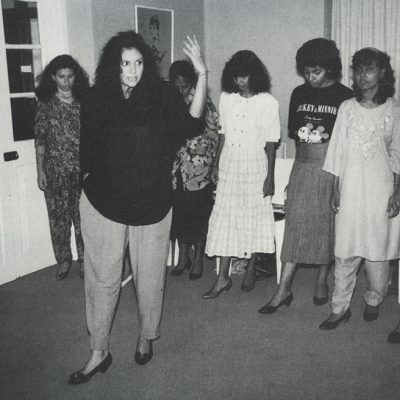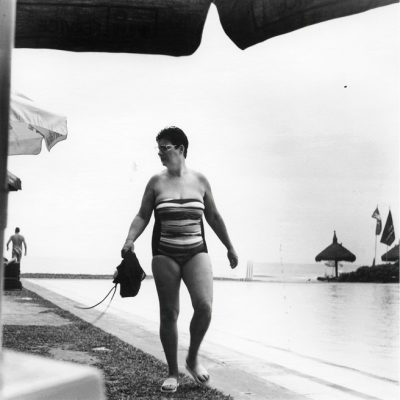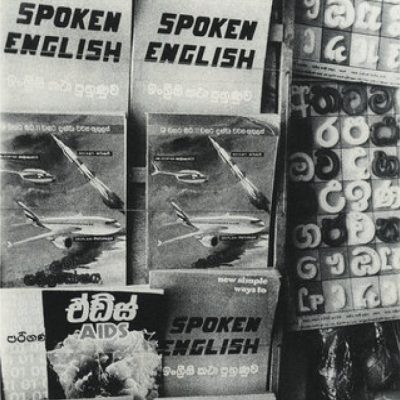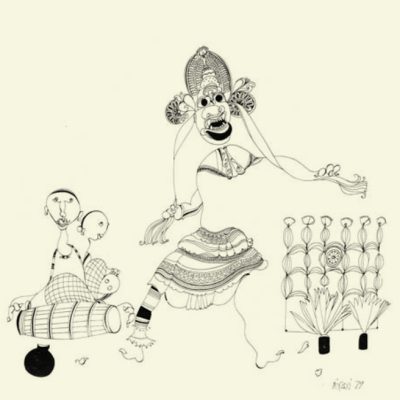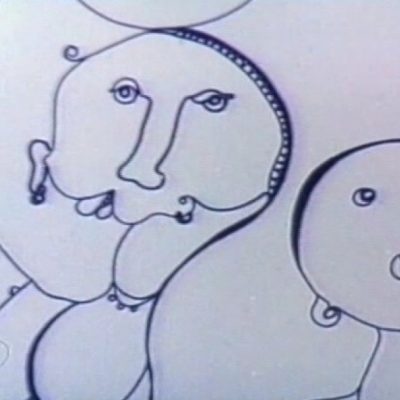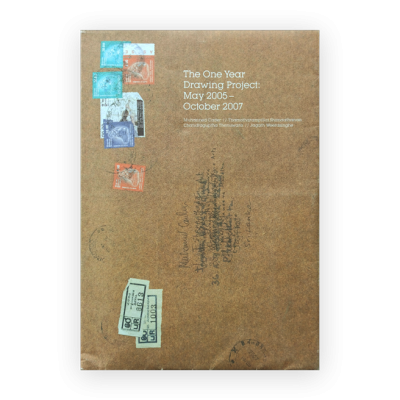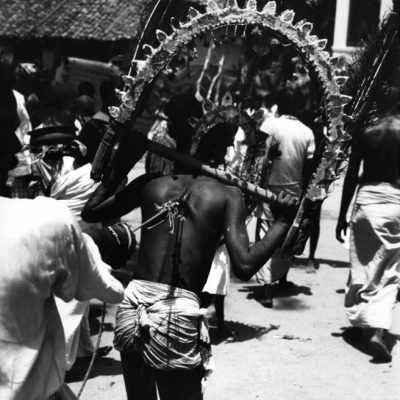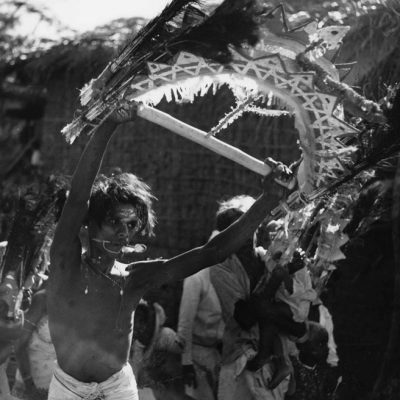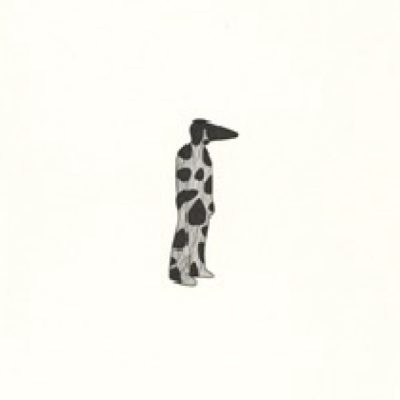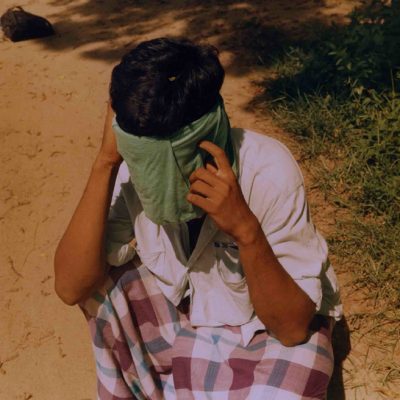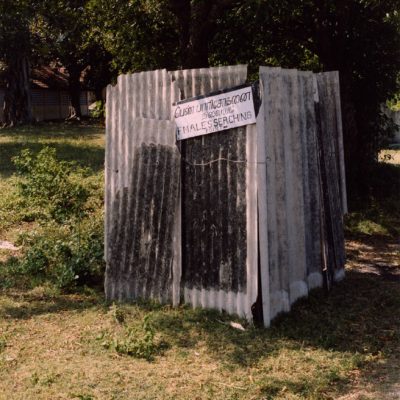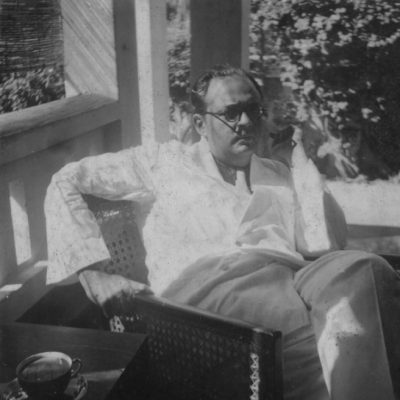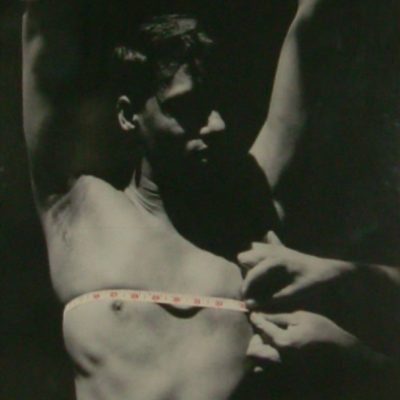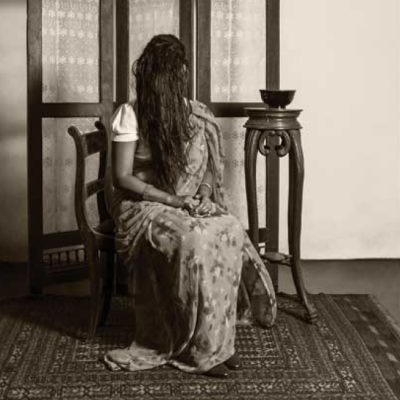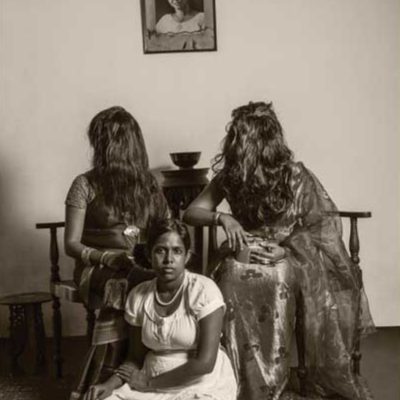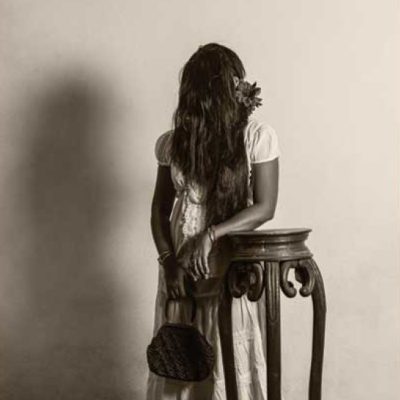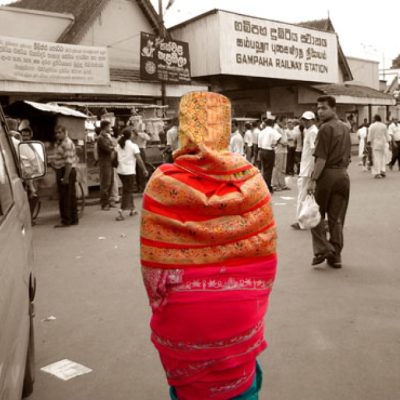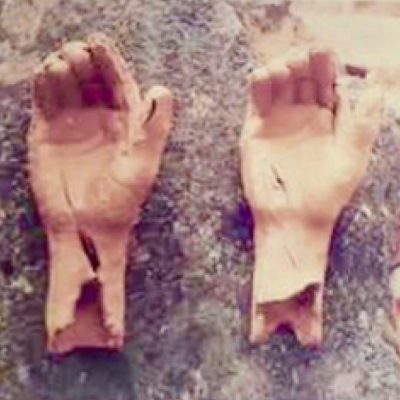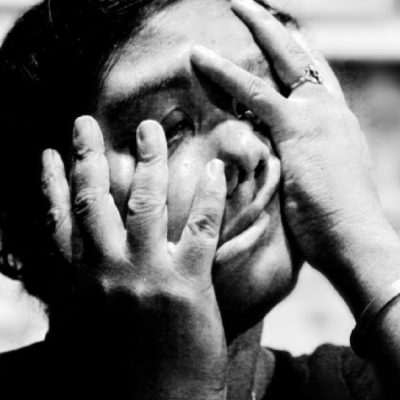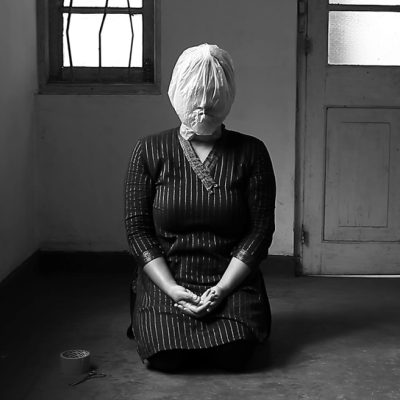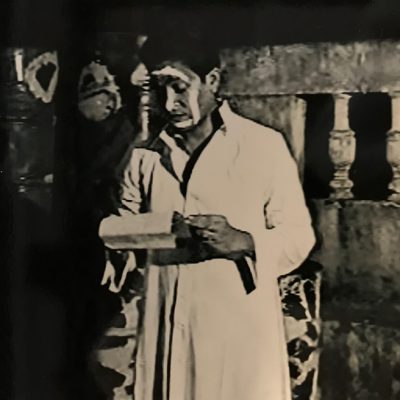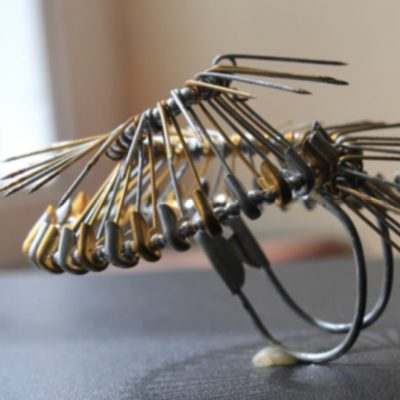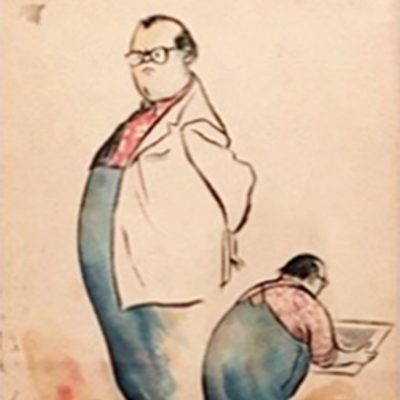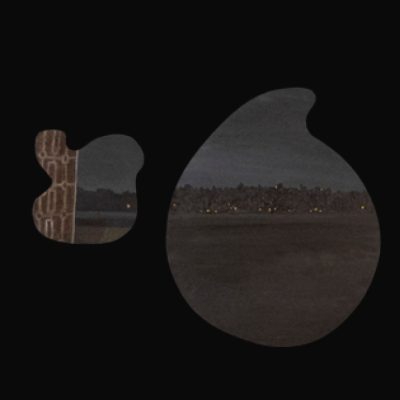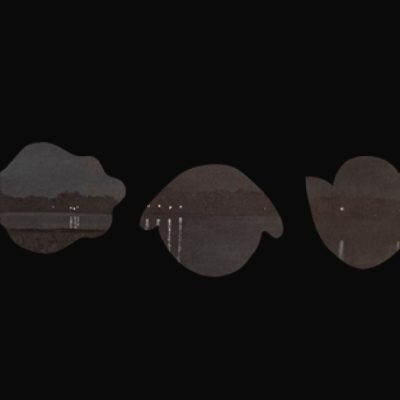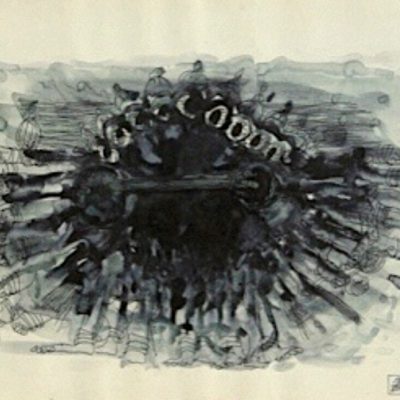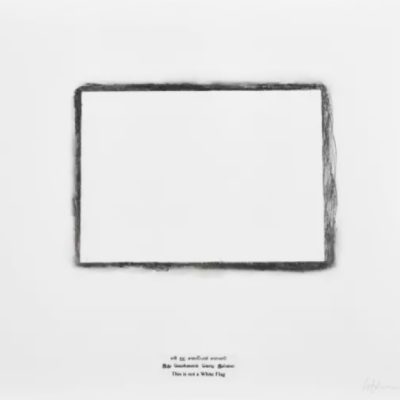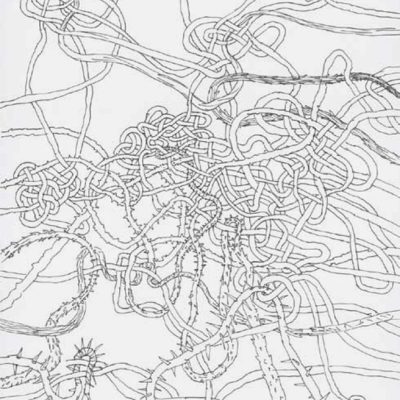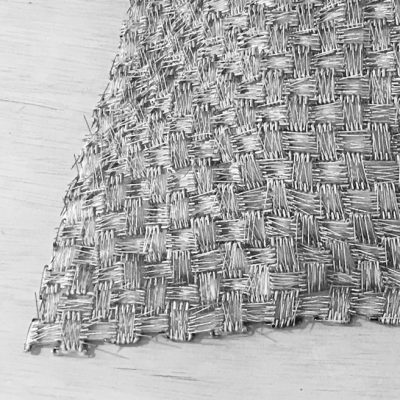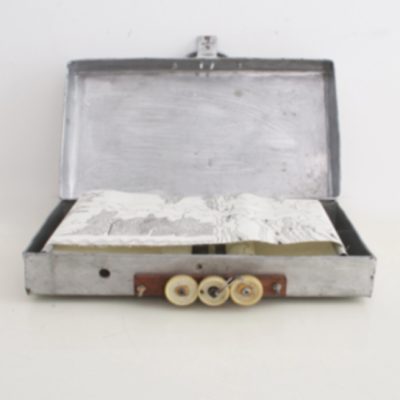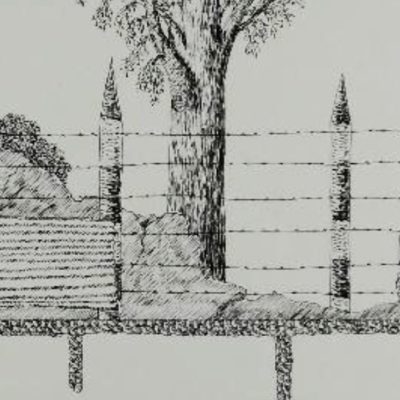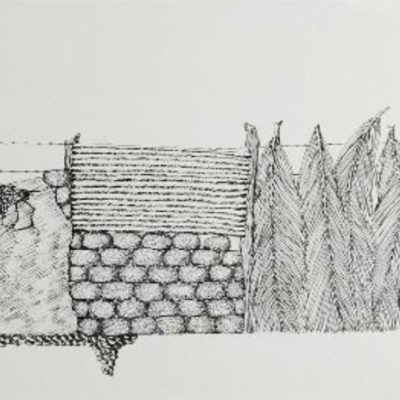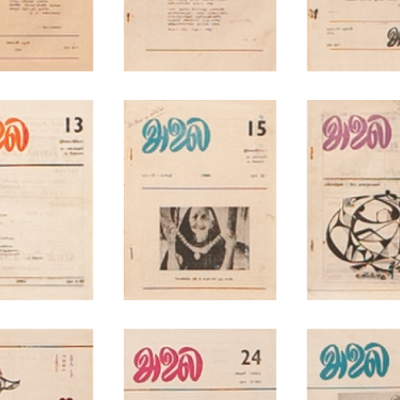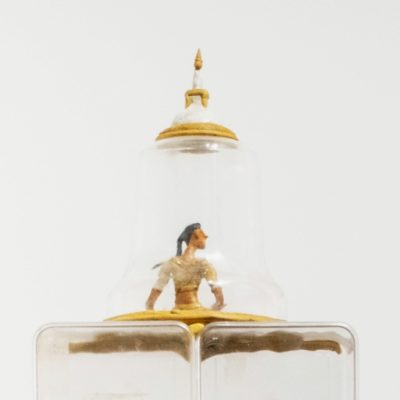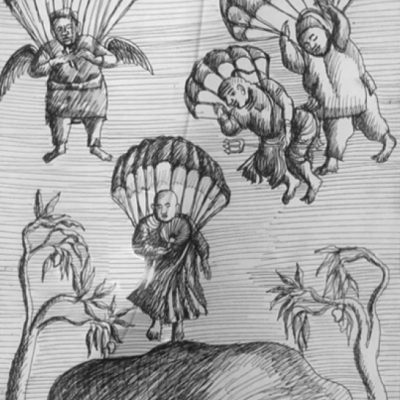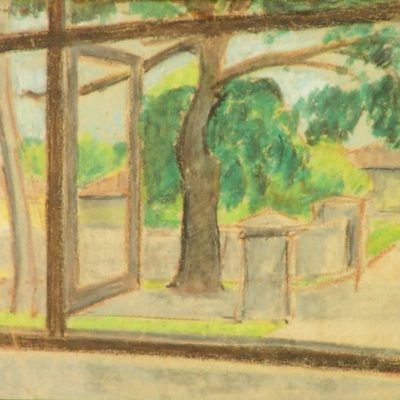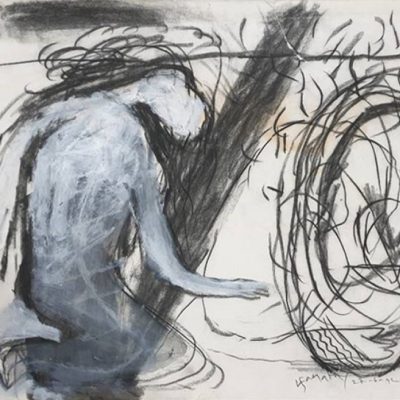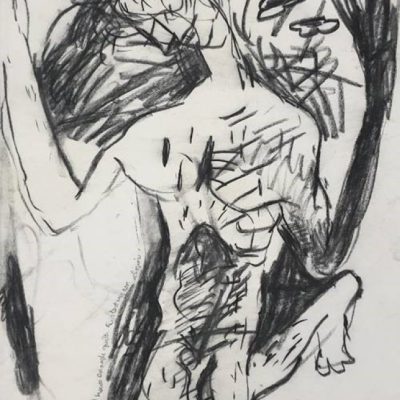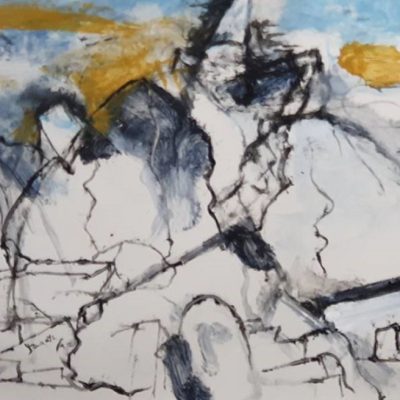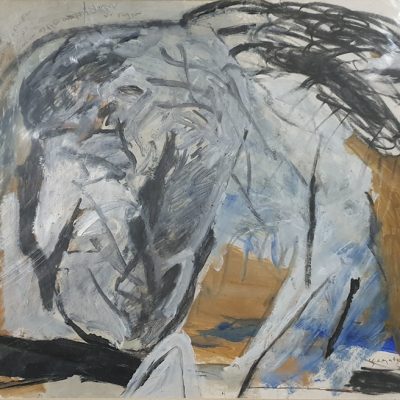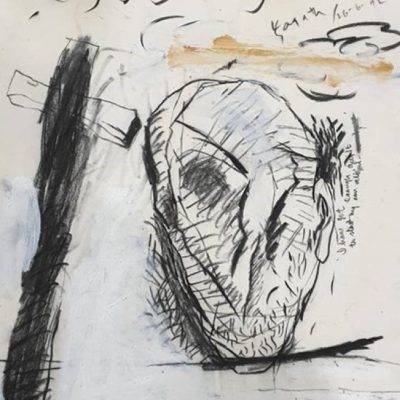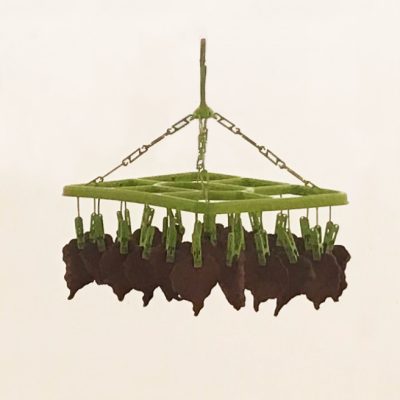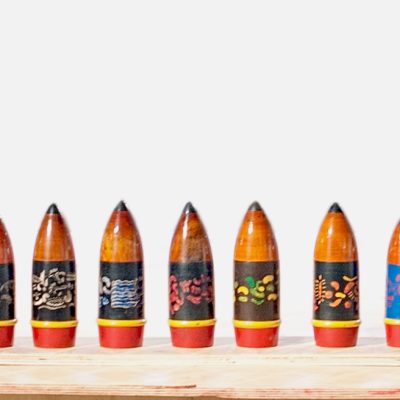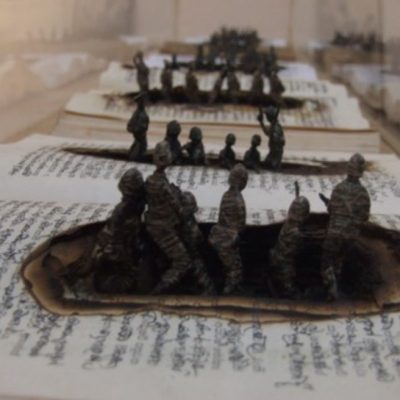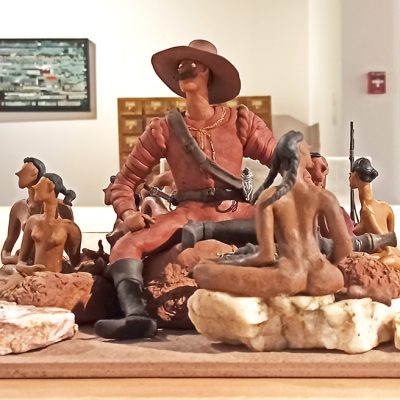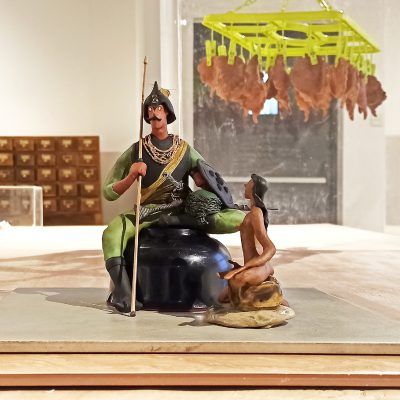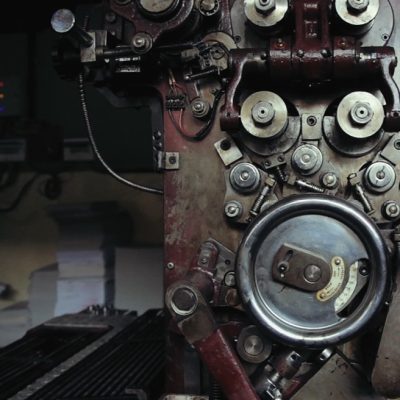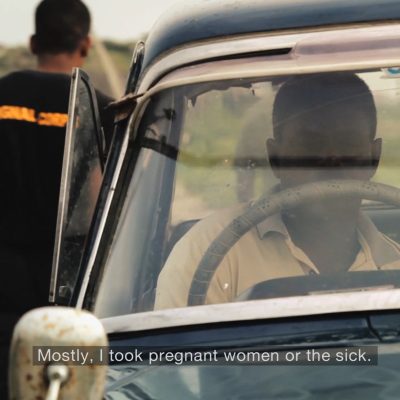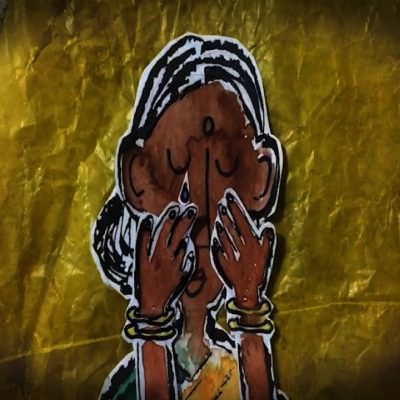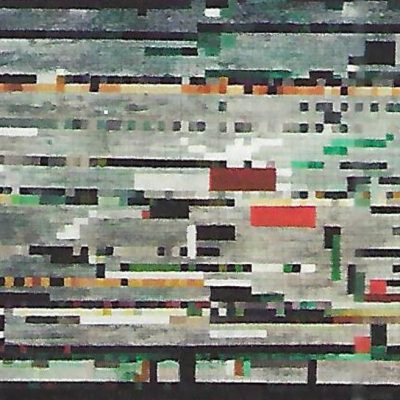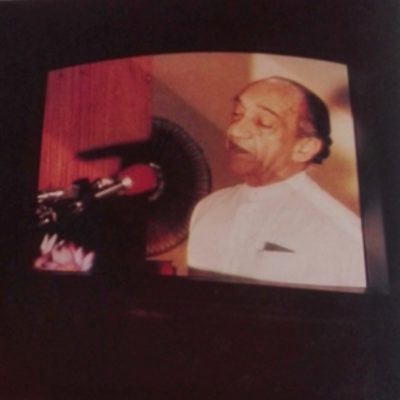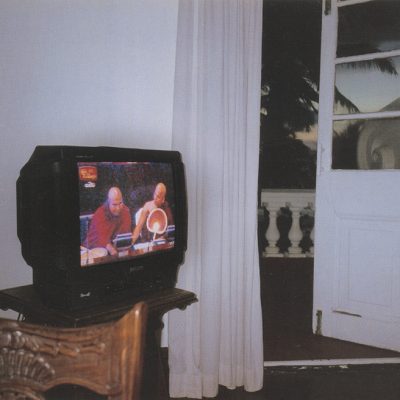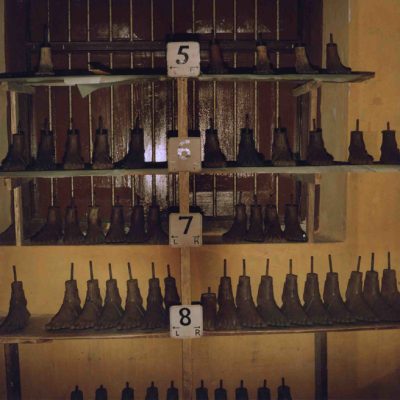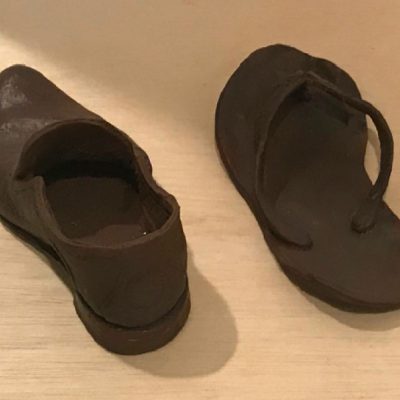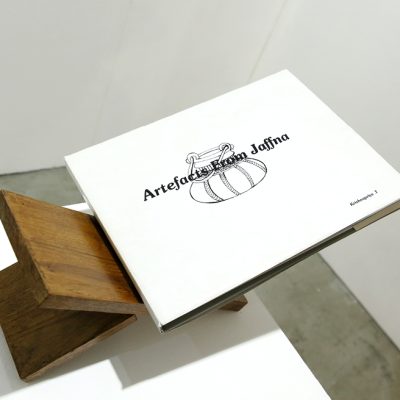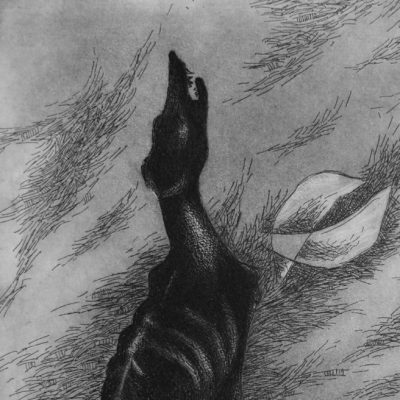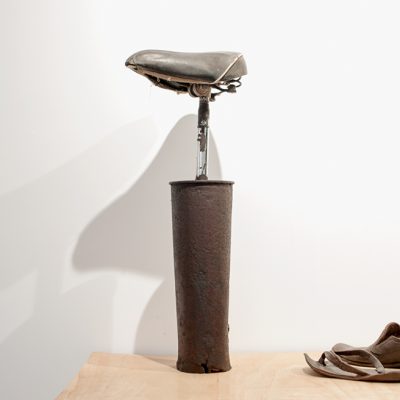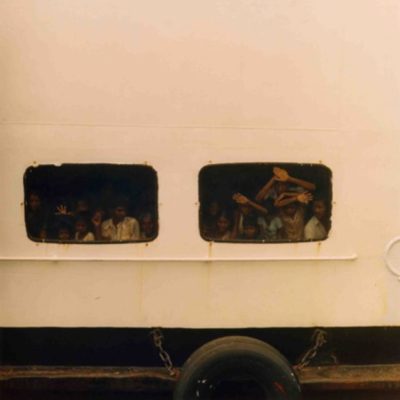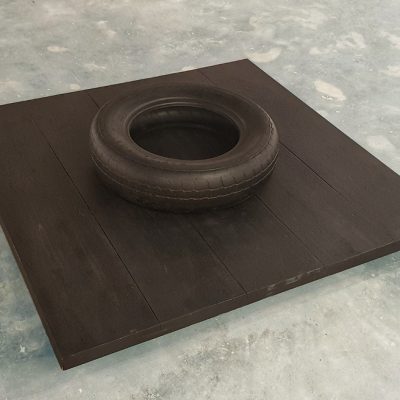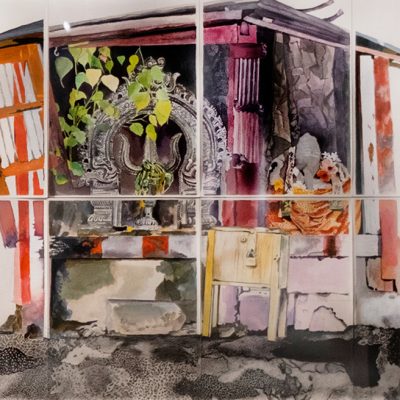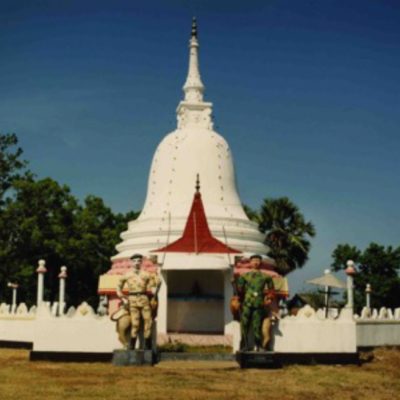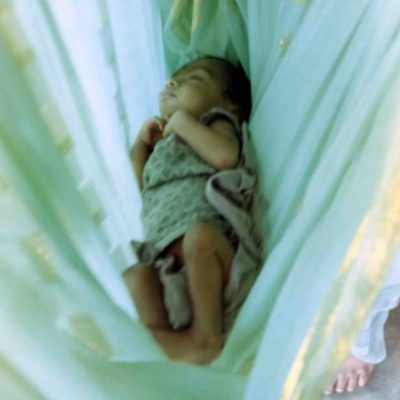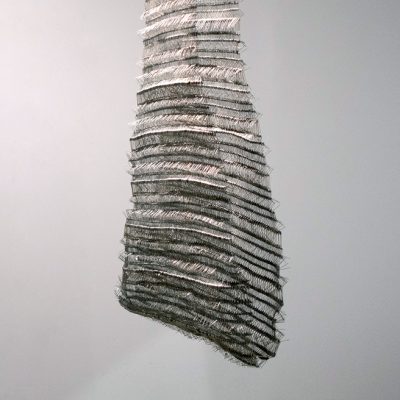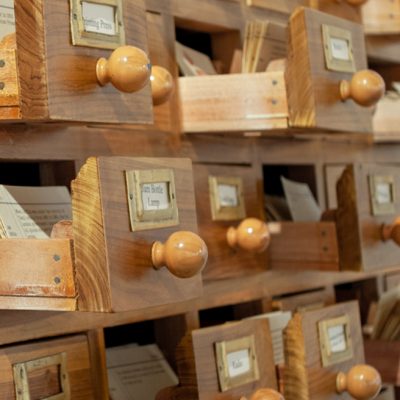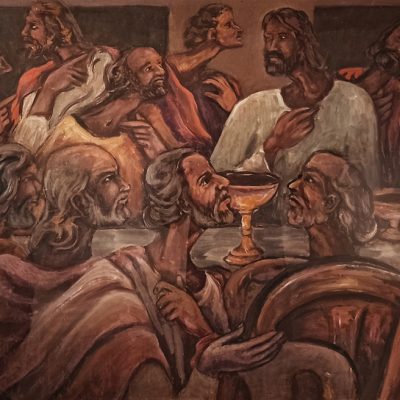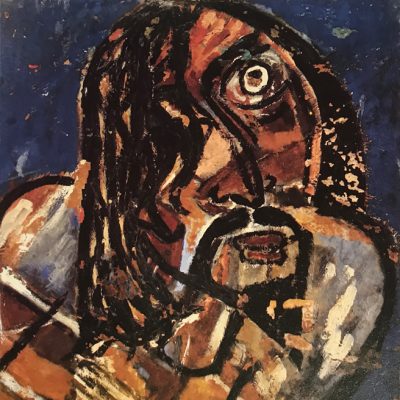108The Song of Ceylon (1934)
Lionel Wendt (1900–1944), Dir. Basil Wright (1907–1987), Prod. John Grierson (1898–1972)
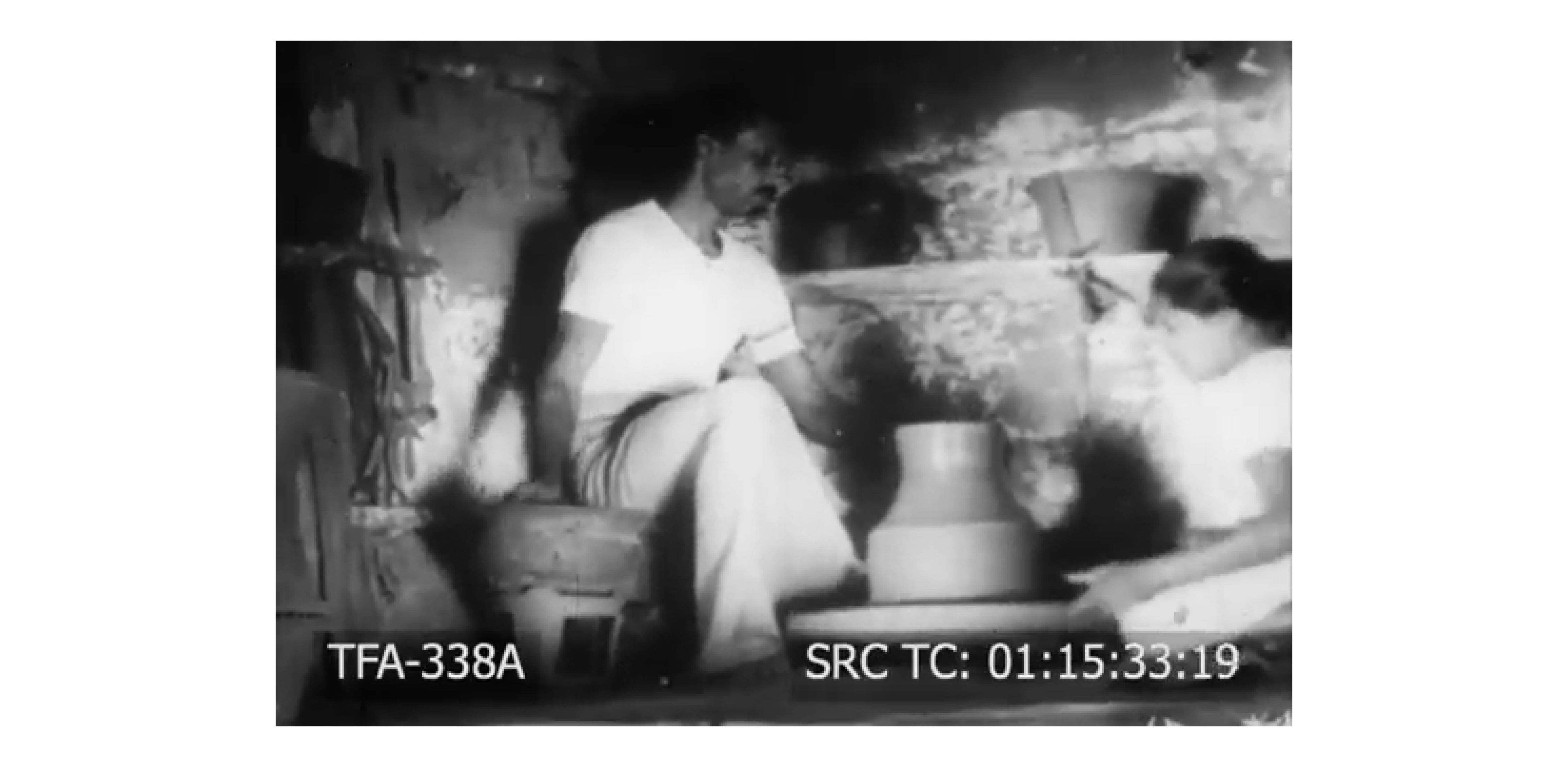
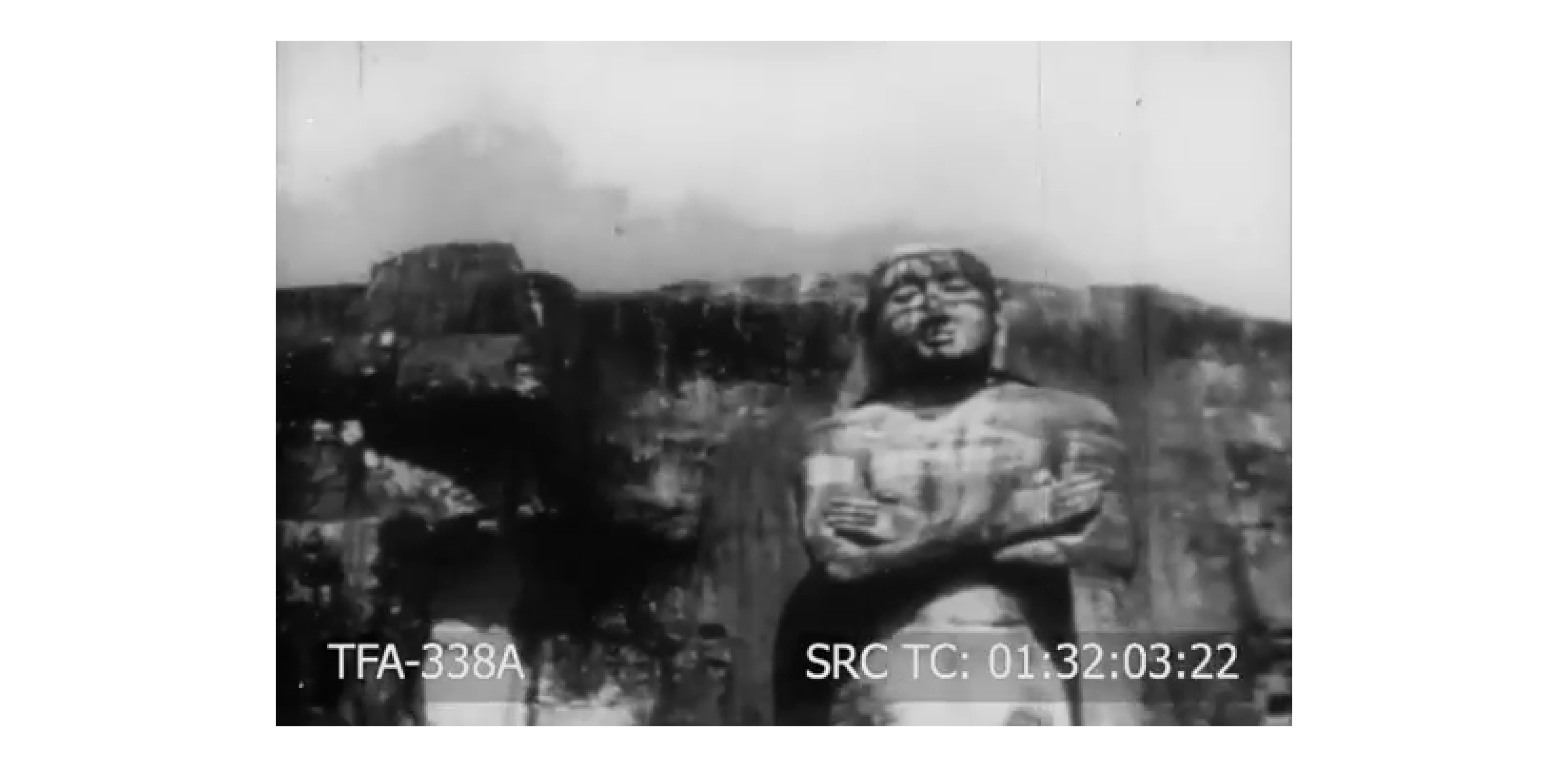

DVD film (38 min)
First screened: Ceylon Tea Marketing Board, Colombo, Sri Lanka, 1934
Commissioned by the Ceylon Tea Marketing Board, ‘The Song of Ceylon’ is regarded as one of the most significant films to emerge from the British Documentary film movement, led by John Grierson (1898-1972), the film’s producer. Grierson reputedly coined the term “documentary” in 1926, arguing for cinema to embrace the ‘original’ actor and scene in place of their fictive counterparts. He believed that the cinema’s ability to narrate the modern world rested in the principles of documentary. ‘The Song of Ceylon’ extols the beauty and peace of Sri Lanka’s landscapes, customs and people. Stills of Buddhist temples are juxtaposed with moving clips of birds in flight, in a manner that is experimental for its time. The narrative of the film includes recitations of Buddhist texts and passages from Robert Knox’s (1641–1720) ‘An Historical Relation of the Island Ceylon’ (1681). The narrative voice for most of the film is performed by Lionel Wendt, a photographer and a founding member of the ’43 Group, a group of mid-20th-century artists established in 1943 widely recognised as Sri Lanka’s first modernist collective. The film’s use of Wendt’s voice stands apart from the didactic English narrative voiceover employed by other documentaries of the time. Wendt’s inclusion would likely have satisfied Grierson’s desire for original or more authentic content. Tellingly, however, it is not Wendt’s words that are spoken but those of Robert Knox. The film’s accentuation of Ceylon’s ‘otherness’ can be seen in the predominant visibility it gives to the Ceylonese male body. In contrast to the documentaries of British workers of the time, the representation of the Ceylonese worker is marked out as erotic. The film’s exploitation of the body draws comparisons with the British exploitation of tea labourers that began in 1904.
Gallery 1
Home, Land, Survey, Country
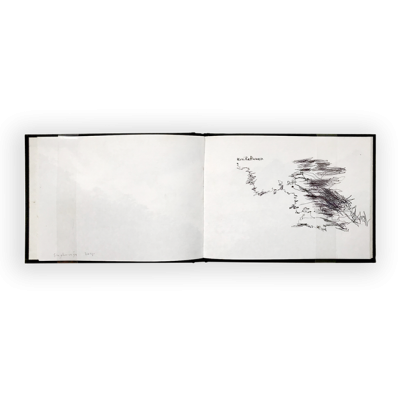
3GPS Drawing: Jaffna to Delft, 9.30 am to 10.30 am, Boat, 10 Feb 2015 (2015)
Muhanned Cader (b. 1966)
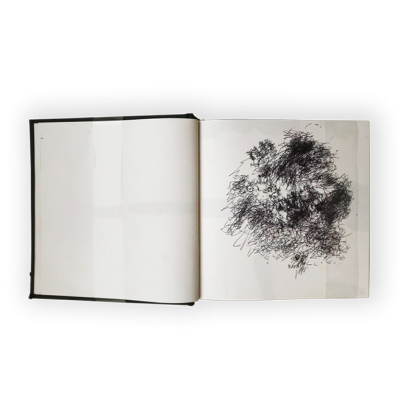
4GPS Drawing: Jaffna Hostel (Kalviyankadu) to Ramanathan Academy (Maruthanarmadam), Three-wheeler, 12 km, 26 April 2012 (2012)
Muhanned Cader (b. 1966)
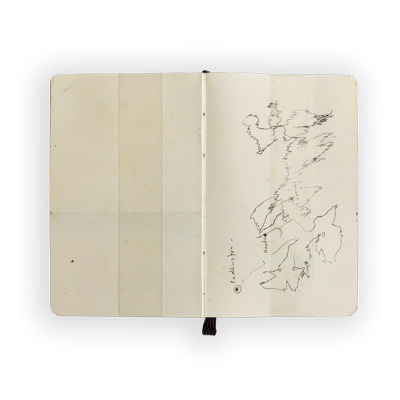
5GPS Drawings, England 2011, Oxford to Paddington, Train, 1.01 pm to 2 pm, 2011 (2011)
Muhanned Cader (b. 1966)

7GPS Drawing: Kudirimale to Wilpattu National Park Gate, 53km, 1.40 pm to 5.40 pm, Jeep, 7 October 2017 (2017)
Muhanned Cader (b. 1966)
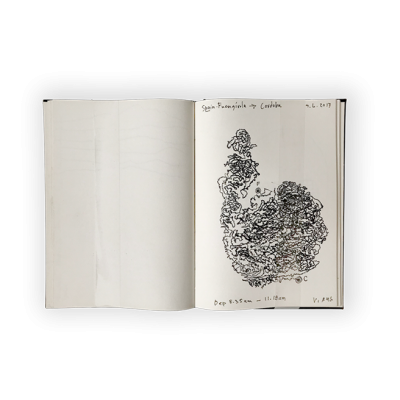
8GPS Drawing: Fuengirola to Córdoba, 8.30 am to 11.18 am, Bus, 9 August 2017 (2017)
Muhanned Cader (b. 1966)
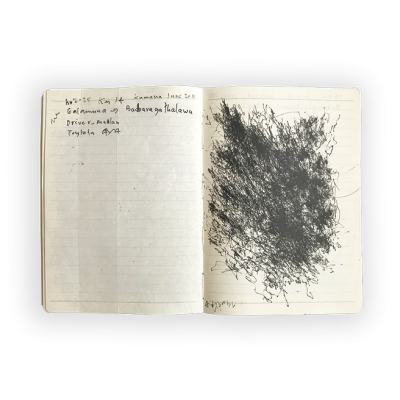
9GPS Drawing: Babaragasthalawa to Kumana campsite, 10 km, 1.15 hr, Jeep Toyota 4×4, June 2011 (2011)
Muhanned Cader (b. 1966)
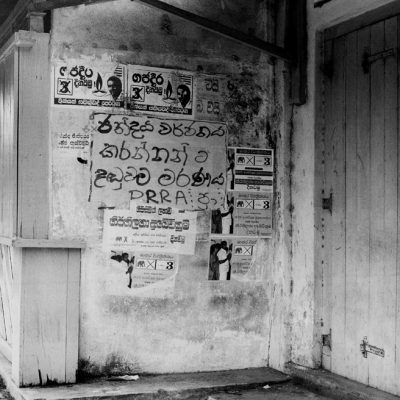
16If You Boycott the Elections the Penalty Is Death, PRRA, Peoples Revolutionary Red Army, Galle (1989)
Stephen Champion (b. 1959)
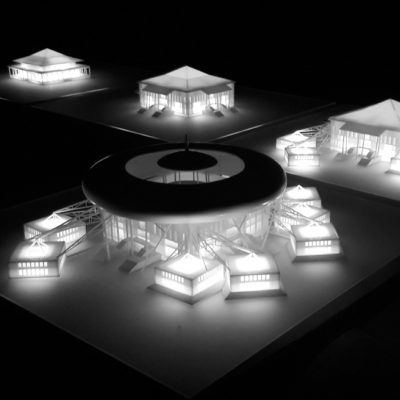
17Corridors of Power: Drawing and Modelling Sri Lanka’s Tryst with Democracy (2015)
Channa Daswatte (b. 1965), Sanjana Hattotuwa (b. 1977), Asanga Welikala (b. 1976)
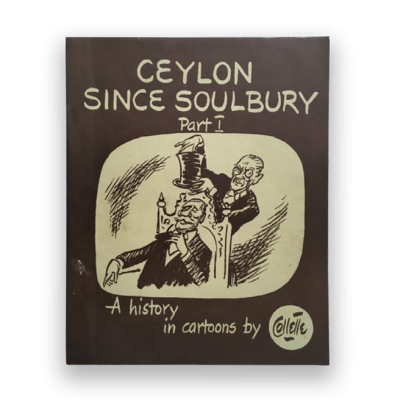
20Ceylon Since Soulbury Part I: A History in Cartoons by Collette (1948)
Aubrey Collette (1920–1992)
Gallery 2
Gaze, Self, Portrait
Gallery 3
Landscape / Landscapes, Territory
Gallery 4
Loss, Belief, Mourning
Support Us
Support us to create Sri Lanka’s first publicly accessible museum of modern and contemporary art.
The Museum of Modern and Contemporary Art Sri Lanka invites you to get involved through becoming a member or making a donation to our activities. Join Us
